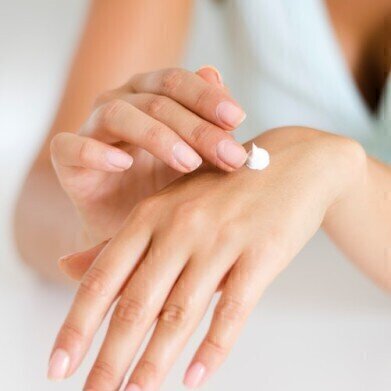GC-MS
Can Skin Creams Cause Glyceroluria? - Chromatography Investigates
Aug 28 2019
Glycerol is found in many parts of the body, it is an intermediate in many lipid or carbohydrate reactions. But one place in the body that glycerol shouldn’t normally be found is in urine. In fact, if glycerol is found in urine - a condition known as glyceroluria - and it could indicate serious underlying problems.
A recent paper published in the International Journal of Medical Biochemistry reports on cases where simple creams we use every day could cause a false positive finding of glyceroluria. And chromatography is one of the main analytical techniques that the team in Turkey used to discover this fact. The use of gas chromatography in urine analysis is the topic of the article, Workflow solution for antidoping analysis including steroids in urine with GC-QqQ and GC-HRAM.
Glycerol - triglycerides and glycolysis
Glycerol, or glycerine, is a hygroscopic fluid that is a colourless, odourless and sweet-tasting viscous liquid. It is a combination of alcohol and sugar and features in several important bodily processes. One of the primary functions of glycerol in the body is during glycolysis - when glucose is converted into a usable form of energy. Glycerol is a by-product of the process.
Glycerol is also an important component of triglycerides. Triglycerides are formed when we store fat from the food that we eat. Triglycerides are named because glycerol binds to three fatty acids to form one compound - the triglycerides we store as fat. Glycerol acts as a backbone. When these fats break down, glycerol is released into the body.
But whenever glycerol is released into the body, it should be transported to the liver where it is metabolised into either glucose to be reused or into another product for excretion. If glycerol is found in urine it could indicate a metabolic disease like glycerol kinase deficiency. But in the paper referenced above from the IJMB, researchers have investigated whether glyceroluria could be the result of a false positive.
Mind the ointment
Part of the problem with glycerine in urine as a diagnostic tool, is that the glycerol might not come from a misfiring bodily function. It seems that glycerine in urine might come from a simple ointment or medication. The researchers in Turkey used 2 urine samples that had no glycerine present. They divided each sample into 3 portions and 3 different brands of ointment were mixed in.
They then used organic acid analysis on the samples before extracting the organic acids using ethyl acetate. The extracted samples were then analysed using gas chromatography-mass spectrometry. Of the six samples, only 1 was found to contain glycerol. The results are enough to demonstrate the false positive finding of glyceroluria is possible. The team conclude:
‘Laboratory specialists should be aware of glycerol contamination from ointment while interpreting urine organic acid analysis, especially when it is isolated (without ketosis and lactic acidosis) and excreted in minimal quantities.’
Digital Edition
Chromatography Today - Buyers' Guide 2022
October 2023
In This Edition Modern & Practical Applications - Accelerating ADC Development with Mass Spectrometry - Implementing High-Resolution Ion Mobility into Peptide Mapping Workflows Chromatogr...
View all digital editions
Events
ACS National Meeting - Fall 2024
Aug 18 2024 Denver, CO, USA
Sep 04 2024 Chiba, Tokyo, Japan
Sep 04 2024 University of Warwick, Coventry, UK
Sep 10 2024 Rockville, MD, USA
Plastics Recycling World Expo Europe
Sep 11 2024 Brussels, Belgium














